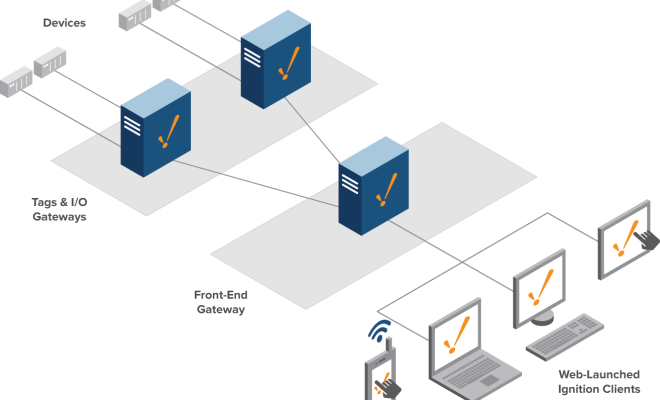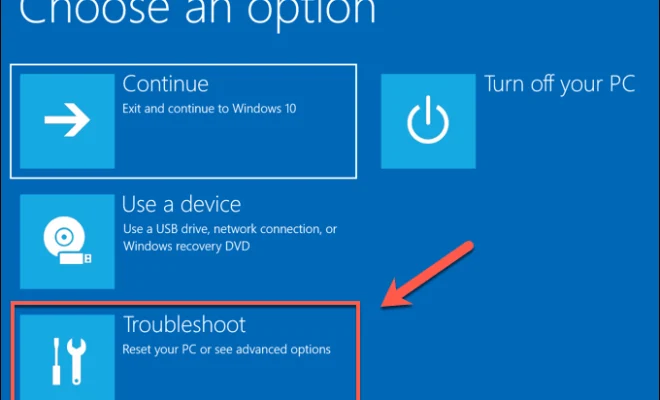What is Scale Out?

Scale out refers to the process of adding more computing resources to a system. It’s done to improve the system’s performance, capacity, and availability. Scaling out is the opposite of scaling up, where you add more resources to a single machine. Scaling out is a highly recommended practice for organizations that experience high traffic regularly.
With scaling out, instead of having one large and expensive computer with all the resources, companies opt to have many inexpensive and smaller computers with a fraction of the resources working together. These smaller computers are called nodes, and each one operates independently of the other. In other words, scale out is a form of distributed computing.
When a system scales out, it becomes more resilient since each node in the cluster operates independently. If one node goes down, the others automatically take over the workload, providing redundancy and fault tolerance. To keep a balance between the nodes, the data needs to be distributed across the nodes. Therefore, the data is partitioned, and each node processes a set of data.
In terms of capacity, scale out allows organizations to increase their resources faster and more cost-effectively. Instead of purchasing a more expensive computer, they can add nodes as they see fit. Scaling out ensures organizations have more processing capacity and storage space.
The architecture of the system affects how scaling out is implemented. For example, in a web application, load balancing is done by sending requests to different nodes to ensure that no single node is overwhelmed. The more requests that are sent to a specific node, the more likely it’s going to experience downtime, which will lead to a bad user experience.






